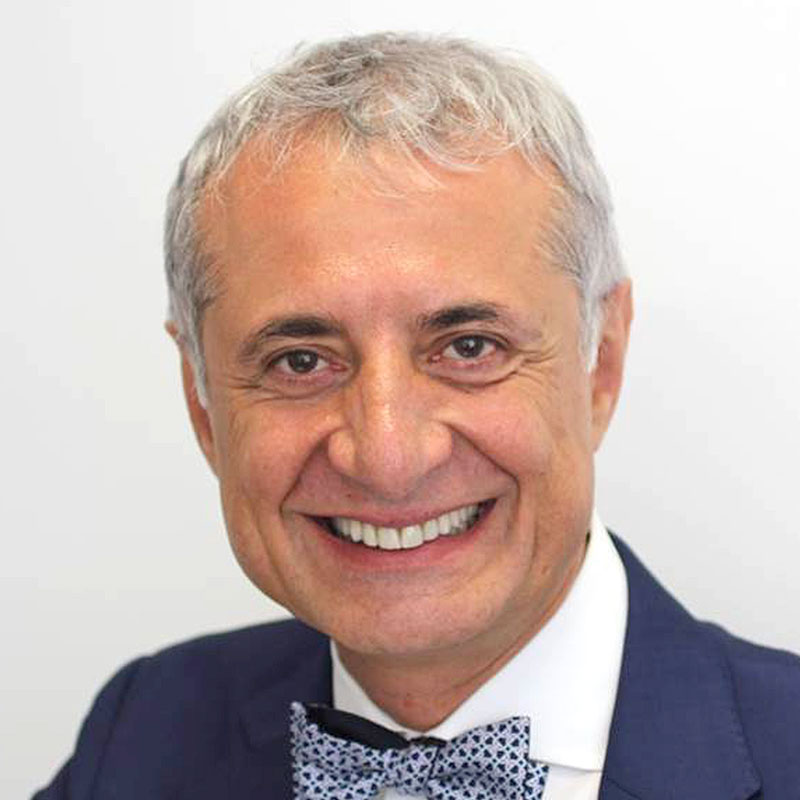
Open bite and aligners a multi centre study.
Open bite is defined as lack of overlap between the upper and lower teeth leading to unilateral or bilateral lack of contact either in the buccal or most often in the anterior dental segments. The prevalence of anterior open bite ranges between 2-7% among races with percentages being greater in African Americans when compared to Caucasians and Hispanics. Even though occlusal improvement or even self-correction may me noticed during the mixed dentition phase, this does not continue after the establishment of the permanent dentition. The development of open bite is multifactorial with genetic and environmental factors (sucking habits, resting tongue position, mouth breathing and subsequent alterations in head posture) contributing to different extend. Treatment alternatives are mainly focused in confronting the etiology of the problem and also differ according to the age and possible growth potential of the patient. In growing patients, habit cessation and/or growth modification appliances are used in order either to control cessation of an associated habit or vertical posterior alveolar growth respectively. Contrary to the successful interceptive treatment in growing patients, adults with open bite are treated either conservatively with fixed orthodontic appliances or with various surgical methods that attempt mainly intrusion of the buccal segments. This includes maxillary impaction with orthognathic surgery or the use of temporary anchorage devises (TADs) such as mini-screws, mini-implants and zygomatic titanium plates; however, the complexity of the patients’ biologic background and the controversial long term stability make open bite treatment one of the most changing situations in the everyday orthodontic clinical practice. Recently, the application of clear aligners in the armamentarium of open bite treatment has been advocated as a more conservative and effective method. Nevertheless, literature is sparse and limited to case reports. In this multi-centre study, the treatment results of open bite cases addressed with Invisalign® clear aligners in non growing patients are presented with main focus on the amount of skeletal and dental contribution and the smile esthetics achieved with this patient friendly and widely accepted approach.
Biography
Dr Darendeliler is Professor and Chair of Orthodontic, Discipline of Orthodontics and Paediatric Dentistry, at the University of Sydney and Head of Department, Orthodontics, Sydney Dental Hospital, Sydney South West Area Health Service.
He received his dentistry training from the University of Istanbul and his PhD from the University of Gazi, in Turkey and his first specialist training in orthodontics from the University of Geneva, Switzerland and his second specialist training from the High Education Council, Turkey.
During the course of his career he has undertaken duties as a clinical instructor, research and postgraduate coordinator (Maître assistant et de Recherche) at the University of Geneva, Assistant Professor at the University of North Carolina, Research Professor at the University of Southern California.
His research interests include orthodontic tooth movement, root resorption, obstructive sleep apnoea, temporary anchorage devices, sequential aligners, self-ligating brackets, orthopaedic treatment modalities, accelerated tooth movement, magnetic fields and forces and dentofacial orthopaedics. He lectured in North and South America, Europe, Asia, Africa and Australia.
In addition to his research and teaching commitments he also maintains a private specialist orthodontic practice.
